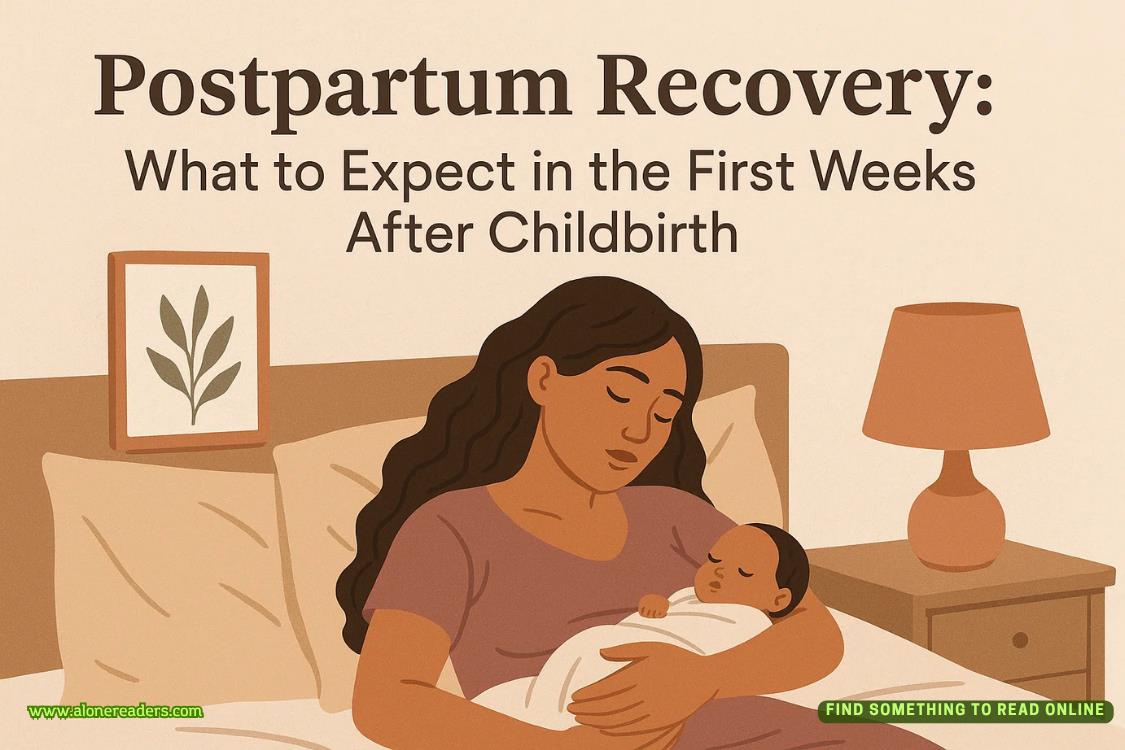Page 130 of Project Hail Mary
The entire screen glows red.
“What is this, question? No data.”
“Wait,” I say. I bring up the controls and options and start moving sliders. “We’re inside the Petrova line. There’s Astrophage all around us. Let me just change the setting to only show the brightest sources….”
It takes a lot of manipulation, but I finally manage to get the brightness range set. What I’m left with are irregular blotchy areas of IR light coming from Adrian.
“I think this is our answer,” I say.
Rocky gets closer to his textured screen to “see” what I’m lookingat.
“Not what I expected,” I say.
I thought it would just be a general layer of IR glow at a given altitude. But it’s nothing like that. The clumps are basically clouds. And they don’t match up with the wispy white clouds I can see with visible light. These are, for lack of a better term, IR clouds.
Or, more accurately, clouds of Astrophage that are emitting IR. For whatever reason, Astrophage breed much more in some areas than others.
“Unusual distribution,”says Rocky, echoing my own thoughts.
“Yes. Maybe the weather affects breeding?”
“Maybe. Can you calculate altitude, question?”
“Yes. Wait.”
I zoom and pan the Petrovascope until I’m looking at an Astrophage cloud right on the horizon of Adrian. The readouts show the camera’s current angle with respect to the axes of the ship. I jot those angles down and switch to the navigation console. It tells me the angle of the ship relative to the center of our orbit. With that information, and a whole bunch of trigonometry, I can work out the altitude of the Astrophage clouds.
“The breeding altitude is 91.2 kilometers from the surface. The width is less than 200 meters.”
Rocky folds one of his claws over the other. I know that body language. He’s thinking.“If predators exist, predators are there.”
“Agreed,” I say. “But how do we get a sample?”
“How close can orbit get, question?”
“One hundred kilometers from the planet. Any closer and the ship will burn up in the atmosphere.”
“This is unfortunate,”Rocky says.“Eight point eight kilometers away from breeding zone. No can get closer, question?”
“If we hit the atmosphere at orbital speed, we die. But what if we slow down?”
“Slow down means orbit no good. Fall into air. Die.”
I lean over the armrest to look at him. “We can use the engines to keep from falling into the atmosphere. Just thrust constantly away from the planet. Lower ourselves into the atmosphere, get a sample, and then leave.”
“No work. We die.”
“Why no work?”
“Engines give off enormous IR light. If you use in air, air become ions. Explosion. Destroy ship.”
I wince. “Right, of course.”
Back when Dimitri first tested a spin drive, it was only on for 100 microseconds and it melted a metric ton of metallic silicon behind it. And that test drive was one-thousandth the power of theHail Mary’s engines. Everything works fine when I’m in a vacuum. But using the engines in air would create a fireball that makes a nuclear bomb look like a firecracker.
We sit in frustrated silence for a while. The salvation of both our worlds might be just 10 kilometers below us, and we can’t get to it. There has to be a way. But how? We don’t even need to be there. We just need to get a sample of the air there. Anything, no matter how small.
Wait a minute.















